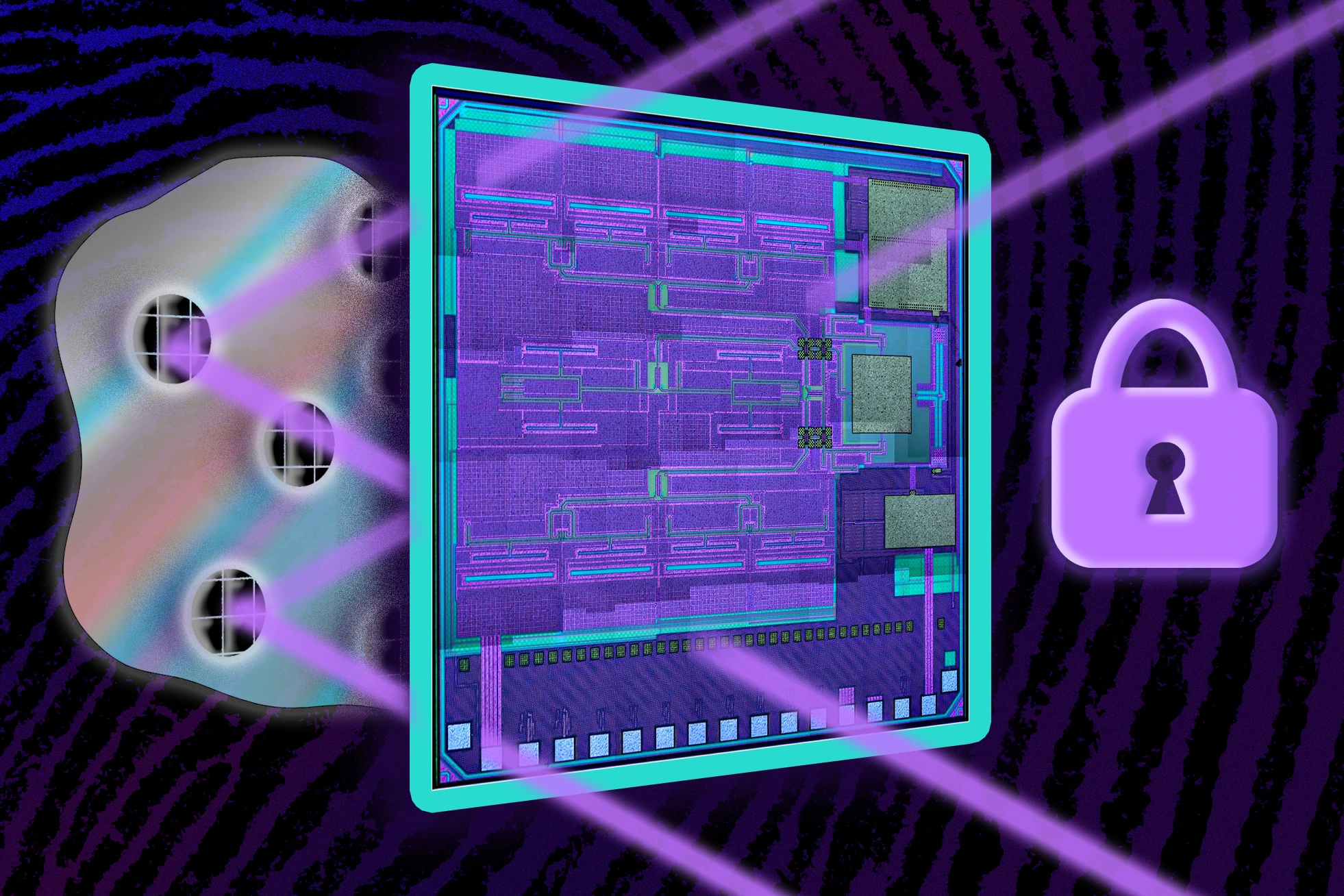TL;DR MIT researchers have developed an antitampering ID tag that is tiny, cheap, and secure. It is several times smaller and significantly cheaper than the traditional radio frequency tags that are used to verify product authenticity. The tags use glue containing microscopic metal particles. This glue forms unique patterns that can be detected using terahertz waves. The system uses AI to compare glue patterns and calculate their similarity. The tags could be used to authenticate items too small for traditional RFIDs.



Cost is somewhat relative at this scale. THz is just unstable over any normally expected usable distances since they are . At this scale, I assume they are thinking more like NFC replacement tech maybe? It’s definitely got more applications than just object tracking, but that seems to be it’s first test.
It’s updated RFID tags that are even harder to detect, and unlike the standard ones, require specialized technology to activate, so they get security through obscurity.
It has nothing to do with NFCs. Likely has a lot to do with the police state ID cards and vehicle tracking that the Bush Administation tried to implement in the late 2000s.